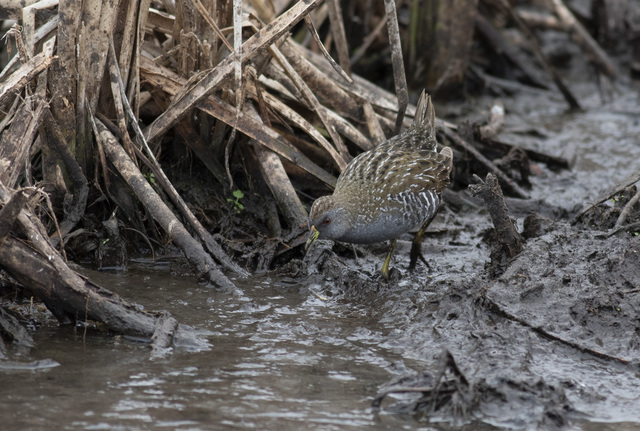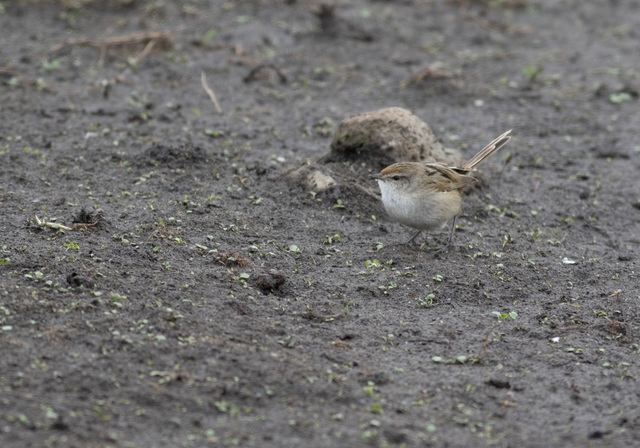Last week I went for a walk in Ocean Grove Nature Reserve and was struck by how dry the ponds were for this time of year.
I’ll have to go back soon to compare water levels after this week when the heavens have opened.
My rain gauge revealed that over 50 mm of rain had fallen in a two-day period, which was much needed.
It’s been too wet to go out with the camera over the past week, which is a shame as there’s been a few unusual birds around the area.
There’s been a brown gergoyne at Geelong Botanic Gardens. This bird is found along the east coast of Australia with the southern sub-species usually found from Cooktown, Queensland, to Sale, Victoria.
There has also been an eastern osprey seen at Swan Bay Pier. These magnificent, fish-eating raptors can be occasionally seen in the non-breeding season in Victoria and Tasmania.
I did a fleeting visit to Western Treatment Plant on my way to Melbourne one day. The water level in the crake pond at T-section lagoons was perfect for viewing crakes as the level was quite low. There were a few spotted crakes feeding between the reeds, which was lovely to see, as well as three little grassbirds feeding in the mud. There were also seven brolgas in a small flock.
I also had a quick visit to Robin and Gary Spry’s farm at Point Lonsdale. Robin took me for a drive around the farm, and it was so cold and windy that all the birds were sheltering out of sight.
Robin told me that she’s seen a fan-tailed cuckoo and possible pink robin on her farm recently. Fan-tailed cuckoos usually move to warmer northern areas this time of year and return to Victoria in breeding season, but there is the odd bird that chooses to over winter in southern Victoria.
I received an email from Ann, who lives in the Wallington area. One day when Ann drove her car out of her garage, she sighted two species of ‘never before seen’ birds on her property, but unfortunately, she was unable to capture the birds on camera. One of the species was aparrot with a prominent orange blotch on the belly and deep blue on wing edge.
Ann asked me is this bird could have been a critically endangered orange-bellied parrot to which I replied that with only around 50 of these birds existing in the wild it would be unlikely. Blue-winged parrots and red-rumped parrots do have orange-yellow bellies and blue wing edges, so it would be more likely to have been one of these two species that Ann observed.
The other bird species that Ann saw in her paddock was a white-faced heron, which is a great bird to have on the property. Anne also told me that she has eastern spinebills and spotted pardalotes in her garden currently, which sounds so lovely.








